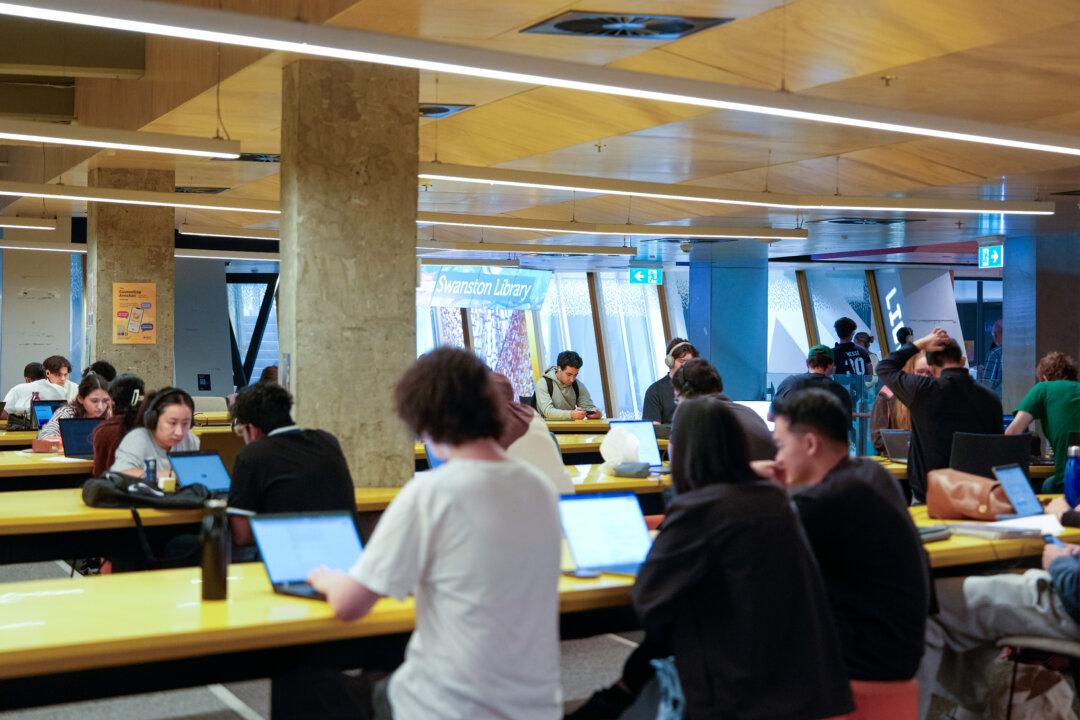Australia’s diverse population has traditionally been under-represented on screen but a new report reveals significant progress is being made.
The Screen Australia study found the representation of Indigenous characters in local TV shows increased from 4.8 percent to 7.2 percent from 2016 to 2021, while non-European representation more than doubled to 16 percent across the same period.





